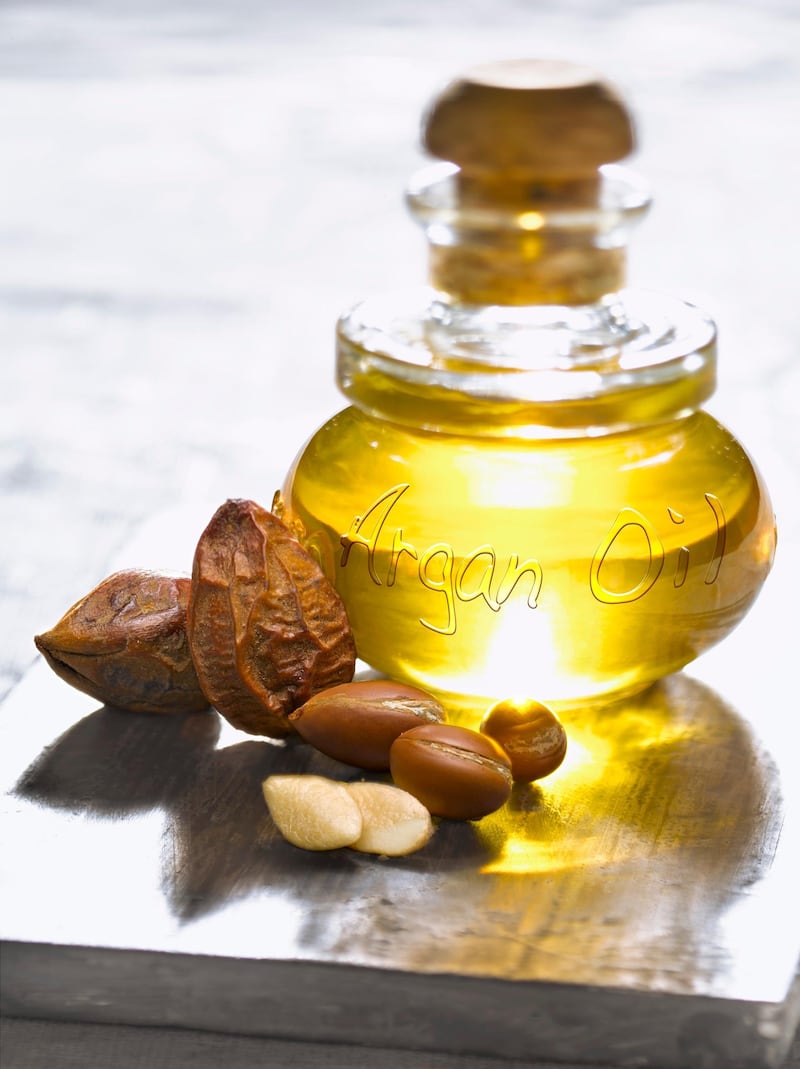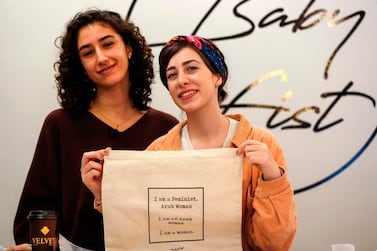If you have ever visited Morocco, chances are you have come across argan oil, an ancient ingredient extracted from the kernels of the Argania spinosa. For more than 80 million years, the tree has grown exclusively in Morocco, where its far-reaching roots hold precious topsoil in place, fending off the ever-encroaching Sahara.
The trees are so critical that, in 1998, the Moroccan government asked Unesco to give the last great argan forests legal protection. The local tribespeople, the Berbers, have used argan oil since the Middle Ages as a beauty treatment and to anoint the heads of babies.
More recently, the rest of the world has woken up to its useful properties. For example, it is high in carotene, which our bodies convert into vitamin A (retinol), which is crucial for healthy skin, eyesight and the immune system.
Argan is also packed with vitamin E, unsaturated fatty acids (that's the healthy ones), and gamma-tocopherol, a natural cancer inhibitor, as well as having anti-inflammatory properties. It contains squalene, too, an important factor in the plump perfection of children's faces, which unfortunately diminishes as we age. With the main source of commercially available squalene extracted from shark skin, argan oil offers a vegan, and altogether more palatable, alternative.
Increased demand means that Morocco plans to almost double its current annual production levels to 4,000 tonnes by next year.
With its multiplicity of uses, you may want to pick up a bottle of argan oil the next time you are in the souk in Marrakech. Closer to home, brands such as Kiehl's, Redken, Josie Maran and Moroccanoil offer products that contain argan for skin, hair and nail-care needs.






